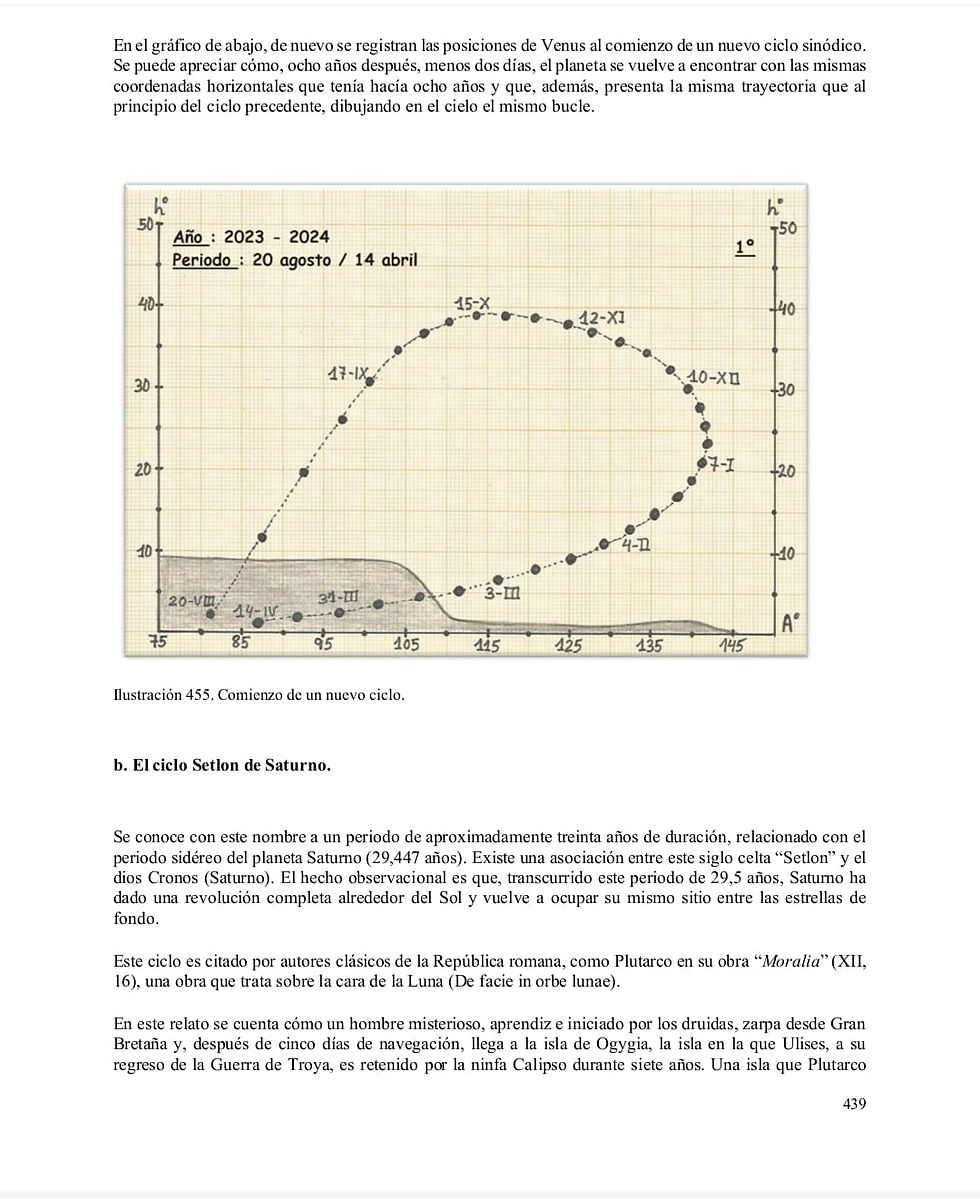
El Cantalar
A new transdisciplinary methodology in archaeoastronomy is presented, employing surface research and telematics. This methodology, besides being highly powerful in its analytical capabilities and non-invasive, is also inclusive, enabling scientists who, due to distance, mobility issues, or travel limitations, would otherwise be unable to participate in a traditional field survey. With this workflow, they can participate remotely, even live, via telematics, as if they were physically present, receiving and analyzing archaeoastronomical data in real time. Alongside this methodology, its application and the results obtained in a practical case study are presented: the investigation of a previously unsurveyed Bronze Age site, the petroglyphs located at the El Cantalar site in Tibi, Alicante province, Spain.

To refer to this work:
GONZÁLEZ LORENZO J., TERRADILLOS JIMÉNEZ JC, LÓPEZ ROMÁN A., ESPADAS RAMÍREZ P., FERREIRO ROMÁN C. & MARTÍN DE LA SIERRA JM (2025).- Astronomical interpretation of the engravings in the village of El Cantalar (Tibi, Alicante).
It has been an honor to share work and research with Juan Carlos Terradillos Jiménez, a renowned historian specializing in prehistory, founder of the Kepler Astronomy Teaching Group, and international science communicator.












The archaeoastronomical site of El Cantalar (Tibi, Alicante) was discovered and scientifically documented in 2025 by a research team made up of Juan González Lorenzo, Juan Carlos Terradillos Jiménez, Andrés López Román, Patricio Espadas Ramírez, Carlos Ferreiro Román and José Manuel Martín de la Sierra.
The team's work identified numerous previously unknown petroglyphs, defined the true extent of the site, corrected previous interpretations, and demonstrated the existence of astronomical alignments associated with the Valencian Bronze Age. This study constitutes the first complete scientific definition of the site.